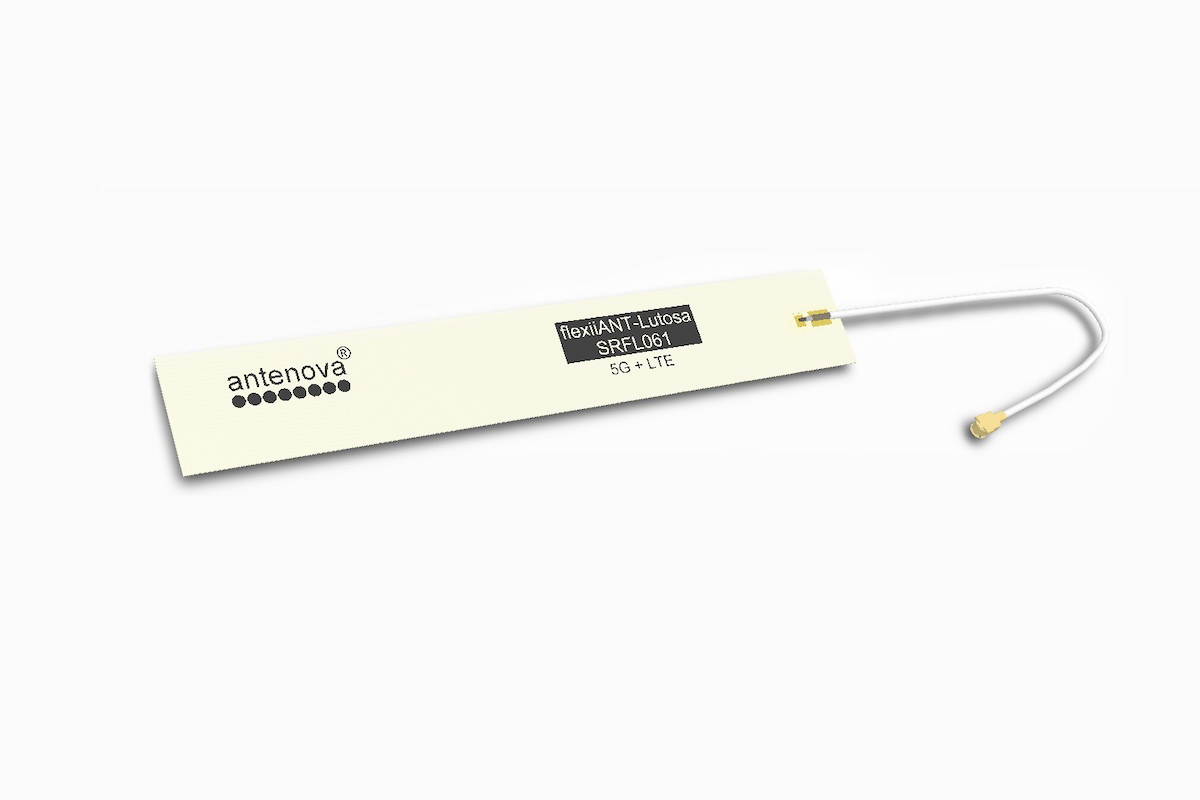When designing a product with a 5G cellular modem, several decisions need to be made upfront. Each region (US, EMEA, and Asia) have different 5G frequency bands, therefore most 5G cellular modems cover only the bands for a single region. Modems that cover more bands are more expensive than a modem for one region. A product designed for the US market must be certified with the carrier chosen, this is called PTCRB certification. Since certification is costly, products are generally designed for operation with a single carrier. For a product that uses 5G communications, the coverage area of each 5G network is an important decision factor in choosing a carrier.
The 5G network coverage of each carrier is dependent on the lower frequencies used, since the base-stations with higher frequency bands have limited coverage, and typically are used in city centres. Currently T-Mobile has deployed 5G base-stations in most regions with a large coverage area. Verizon and AT&T have 5G coverage in parts of most cities, while US Cellular has limited coverage.
The band used by T-mobile for 5G goes from 617- 698MHz, it is made up of a Downlink Band (617-652 MHz), and an Uplink Band (663-698 MHz). In between is the Duplex Gap (652-663 MHz), this is restricted for wireless microphones, and is not used by cellular devices. Sprint originally owned this frequency allocation and T-mobile has merged with Sprint.
T-mobile has rolled out wide area 5G coverage across the US, using the 617-698MHz band. The benefit of using a lower frequency is that base-stations have a larger coverage area, therefore fewer base-stations are needed to provide good coverage. While offering 5G coverage, the relatively small bandwidth of the 617-698MHz band means that most subscribers do not get very high data-rates.
AT&T has 5G coverage in the 850MHz band, this sub-GHz band has good coverage but not as good as the lower frequencies used by T-Mobile. Currently the 5G coverage of the AT&T network is smaller than the T-Mobile network, however there is good 4G coverage for AT&T.
All the networks are starting to introduce 5G bands in the higher bands (>1GHz), however the higher bands have smaller coverage areas, therefore the best coverage is provided by the lower bands. This means that IoT products should be designed to operate on the low bands (<1GHz).
A new 5G band in the US: Citizens Broadband Radio Service (CBRS)
A new band in the 5G spectrum allocation has been introduced in the US. The CBRS band has a bandwidth of 150 MHz within the 3.5 GHz band (3550 MHz to 3700 MHz). The 150MHz bandwidth can carry a large amount of data traffic. However it uses a band owned by the US Navy, and therefore each network operator is required to install a Spectrum Access System (SAS) to prevent any interference to the primary user (the US navy). The SAS connects to a FCC database so that the Navy can operate a radar in coastal regions without interference from commercial users.
There are many possible use-cases for CBRS networks, such as a private network on a university campus. Private LTE networks have previously been too costly to setup, but using the CBRS bands could make this feasible. Private networks have been created using Wi-Fi, WiFi equipment is low-cost and easy to deploy. However, WiFi networks have a smaller coverage area than a LTE wireless network using CBRS.
The Lutosa FPC (Flexible Printed Circuit) antenna operates on the CBRS band, as well as most of the common 5G bands worldwide. All FPC antennas can be plugged in using coax connectors, and do not require matching networks, this simplifies development of IoT products. Some typical IoT applications operating on the CBRS band are telematics for e-scooters and e-bikes, the tracking networks can also be used to prevent bike theft. Many new IoT applications can be introduced as soon as CBRS networks are deployed.




